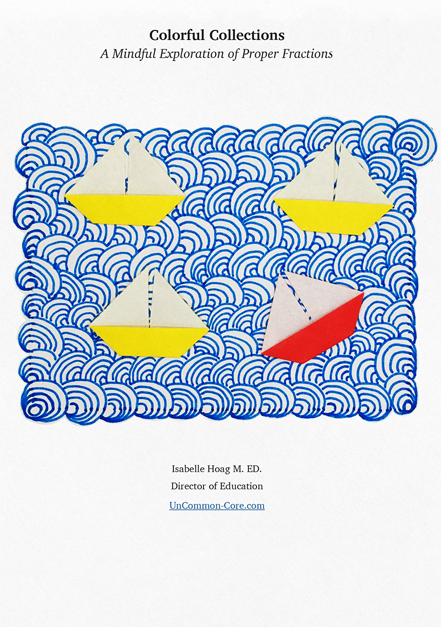
There is a Written Vowel Letter in Every Syllable transcript
Every spoken syllable has one vowel sound with or without consonants attached.
In English, every written syllable must include at least one vowel letter. When there is no strong vowel sound in the final syllable, silent E is added. This situation often arises when there is an /l/ or /r/ sound at the end of a word:
Genre, oeuvre, acre, giggle, bubble, table, circle, reversible, noble, multiple, soluble
This is a good time to make sure that your students know how to count syllables by humming. Yes, humming the words will allow students to count syllables accurately and quietly. For example, ‘syllable’ becomes hum-hum-hum. ‘Alphabetize’ becomes hum-hum-hum-hum. And ‘unicycle’ becomes hum-hum-hum-hum. Humming words can also help determine which syllables are stressed and which are unstressed.
Encourage your students to describe the role of the silent E in words like those listed above.
Is it being used to make the previous vowel long? No, it is the only vowel in the syllable.
Have them look closely at words like table, cable, and stable. In these words, the first vowel is long because it is the last letter in an open syllable. If this is confusing to your students use this time to review the various types of syllables with them.
Is the silent E in words like ‘triple’ making a two letter content word longer? No.
Is the silent E preventing a word from ending in I, J, U, or V? No.
Is it there to change the pronunciation of the previous phonogram? No.
Does it clarify spelling by showing that the /s/ or /z/ sound belongs to the root and not to a suffix? No.
The role of the final silent E in words like double, trouble, and invincible is to ensure that every syllable in written English contains at least one vowel letter.
This is the text of lesson notes for Twelve Blue Moose: Reasons for Final Silent E ~ asynchronous, online professional development course for K-12 teachers.
Share This Story, Choose Your Platform!
Download Colorful Collections:
A Mindful Exploration of Proper Fractions
Help your students make sense of fractions.
I started teaching in 1987, which means I’ve collected many tips and tricks along the way. In this ebook, I share concepts, strategies, and classroom materials to help you make math sticky.
Along with this useful ebook, you will receive weekly emails from StickyMath@UnCommon-Core.com. I send information like: teacher tips, educational ideas, book reviews, curated lists, reviews of educational sites, and free first drafts of products that I’m creating for my TPT store. That way, you get helpful ideas and free stuff, while I get some feedback before I finalize products and put them up for sale.
I value your privacy. I will never sell your information. You may unsubscribe at any time.
All the best!
Isabelle
Isabelle Hoag M. Ed.

